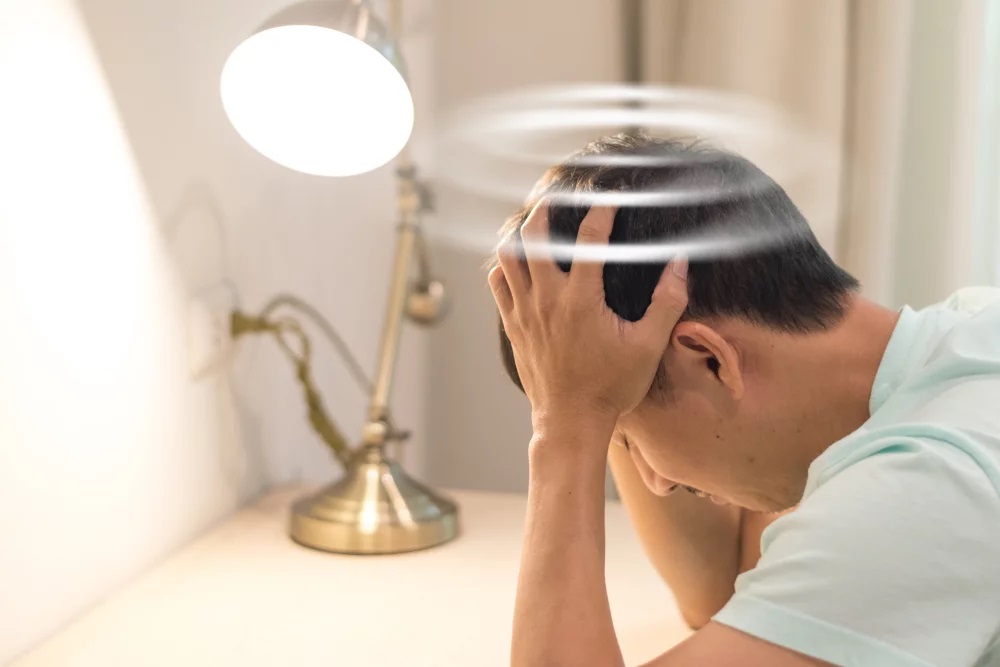Benign Paroxysmal Positional Vertigo and Physiotherapy

Vertigo or Benign Paroxysmal Positional Vertigo (BPPV) is a common disease that distresses a large number of people every year. Though, it is not life-threatening but has significantly affected their quality of life. BPPV has been defined as an inner ear disorder in which variations to the position of the head, like tilting the head backward, lead to sudden vertigo – a feeling where everything around appears to be spinning. Its intensity might range from mild to extreme and typically lasts only a few minutes.
Signs and Symptoms
BPPV may be escorted by the following signs and symptoms:
- Dizziness
- Lightheadedness
- A sense of imbalance
- Nausea
- Vomiting
Causes of BPPV
BPPV progresses when calcium carbonate crystals, known as otoconia, move into and get trapped within the semicircular canals (one of the vestibular organs of the inner ear that regulates balance). These crystals form a normal part of the structure of the utricle, a vestibular organ next to the semicircular canals.
In the utricle, the otoconia may be released as a result of injury, infection, or age, and they end up in a sac – the utricle – where they get naturally dissolved. However, otoconia in the semicircular canals will not dissipate. As a person’s head position variates, they start to roll around and push on the tiny hair that lines the semicircular canals. Those hair act as sensors to inform the brain about balance. Vertigo develops when the hair is stimulated by the rolling otoconia.
Diagnosis and Tests
With progress in medical technology, BPPV has become easy to diagnose and treat. The diagnosis can usually be identified based on medical history and a physical exam known as the particle repositioning procedure. This process takes about 15 minutes to complete and involves a sequence of physical movements that change the position of the head and the body. These actions relocate the otoconia out of the semicircular canal and back into their proper location in the utricle.
Treating BPPV with Physiotherapy
Physical therapy is one of the most effective ways to cope up with and treat vertigo. It involves using four commonly used procedures:
- Epley Maneuver, which is extremely effective for treating mechanical ear imbalances, such as the loose crystals that cause BPPV.
- Semont Maneuver, Foster Maneuver, and Brandt-Daroff Exercise.
These are some therapeutic exercises that can reduce the intensity of your symptoms, or in some cases, eliminate them entirely. The frequency of the exercise and the general routine to follow are advised based on your individual requirements.
Every case of vertigo is different from the other. The specific physical therapy treatments will highly depend on the diagnosis of your physical therapist.
If you are struggling with vertigo and desire professional help, reach out to us at Prime Physio Plus Physiotherapy Clinic to book an appointment for vertigo treatment.

